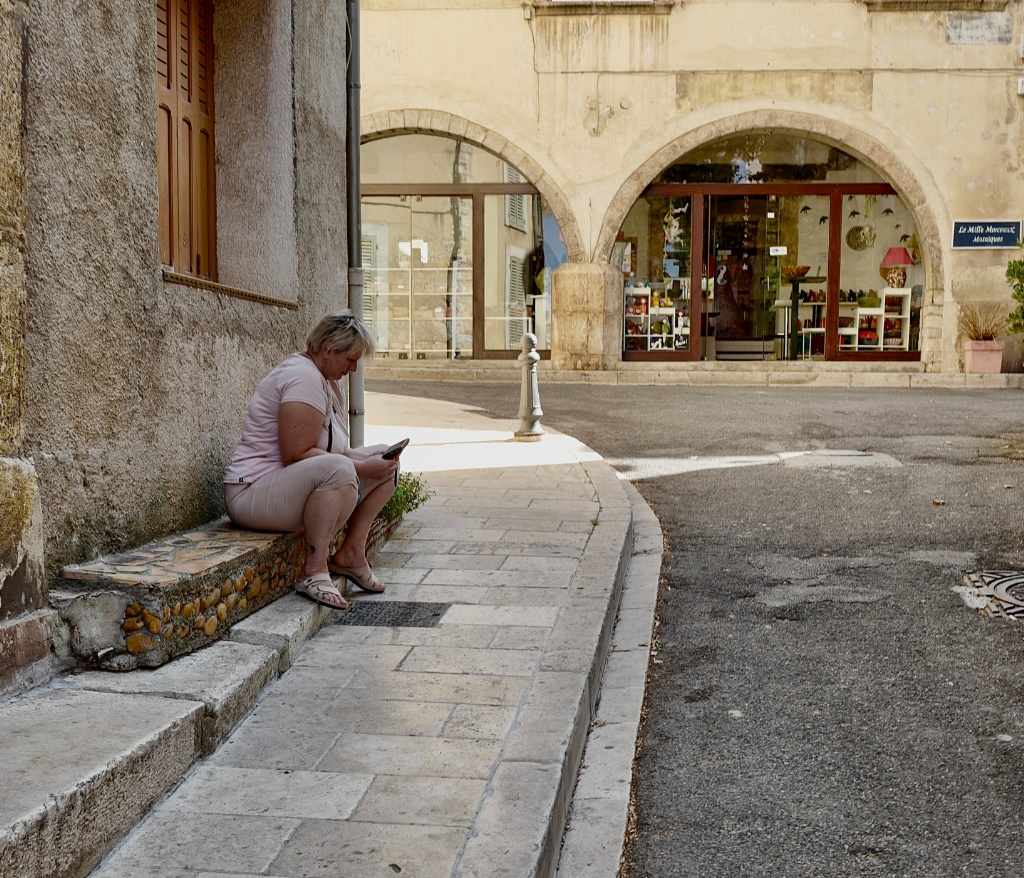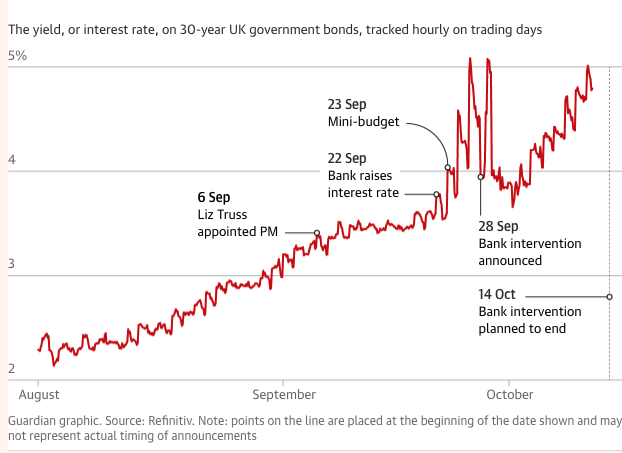Always On
France, July 2022
Quote of the Day
”The cruellest lies are often told in silence.”
- Robert Louis Stevenson
Musical alternative to the morning’s radio news
Bob Dylan and The Band | Forever Young
Long Read of the Day
How Photographers in the 1970s Redefined the Medium
Nice anniversary essay in Aperture by Geoff Dyer.
I became interested in photography in the late 1980s and early 1990s, and looking at these old issues of Aperture, I see how much my sense of photography was a direct consequence of what was happening before then, in the 1970s. Photographers were busy taking photographs, making work, but interesting photographs are always being taken, great work is always being made, whatever the decade. In the ’70s, though, photography was being examined and defined in a way that harked back to Alfred Stieglitz’s pioneering inquiries into—and tireless lobbying on behalf of—the “idea photography” at the beginning of the century.
Books by Susan Sontag, John Berger, and Roland Barthes (whose Camera Lucida was published in French in 1980) were intended for the intellectually curious general reader rather than the specialist, and certainly not for practicing photographers. As Tod Papageorge later remarked, “Garry Winogrand never read Roland Barthes, and found whatever he’d seen of (Janet) Malcolm’s and Sontag’s original articles about photography in the New Yorker and the New York Review of Books grimly laughable.” (How about photography curators? Well, there weren’t many back then, a point we’ll return to shortly.) These back issues of Aperture show the cultural texture and grain of the times, the work being done at the coal face of photographic life. As revealed in discussions and portfolios of documentary photography, color photography (as exemplified by William Eggleston), snapshot aesthetics, and so on, what we see, close-up and from a distance (of forty to fifty years), is a landscape of awareness…
It’s basically a hymn of praise for John Szarkowski, head of the Museum of Modern Art’s department of photography, and the man who really shaped the perception of photography as a major artistic medium in the mid-to-late 20th century.
Musk, the budding diplomat
Jack Shaffer on Musk’s ‘peace plan’ for Ukraine:
This month, Musk dialed in additional attention to himself. Presumably, there haven’t been enough headlines about his on-again, off-again purchase of Twitter, his alleged romantic interludes, his dope smoking on Joe Rogan, his Tesla overpromising and all the other publicity stunts to stoke his sense of self-importance, so he’s drafted himself as a citizen-diplomat to end the Russian war on Ukraine. What better venue to promote his plan than on Twitter, where on Oct. 3 he proposed a 43-word peace plan that essentially sounded as if it had been scripted by Vladimir Putin, an HPD case if ever there was one, while sitting at his long table.
Great stuff. Worth reading.
Cliff edge looms for UK’s financial system
If you are — as I am — the lucky beneficiary of a supposedly gold-plated pension, you may be thinking that the market chaos triggered by the Truss administration economic ‘plans’ is nothing to do with you, then it might be wise to think again — as Richard Partington explains in yesterday’s Guardian.
It has a rather interesting graph:
Kwarteng’s mini-budget is widely seen as the trigger which set off a “doom loop” in bond markets last month as pension funds became snarled up in complex derivatives they had bought to guard against rising interest rates.
Schemes responsible for the money of pensioners across the UK had ploughed more than £1tn into so-called liability driven investment (LDI) funds. The schemes in question are the gold-plated defined benefit pension schemes, where the employer has promised a set level of pension each year, regardless of the fund’s performance.
Many used hedging arrangements to help ensure against shortfalls. Pensions are among the biggest buyers of government bonds, and as the value of those bonds fell, they faced demands for extra cash to cover the hedges. To raise that cash, they sold government bonds, sending the value of those assets even lower, requiring them to sell more bonds.
In the four days after Kwarteng’s ill-fated speech – before the Bank’s emergency intervention – 30-year bond yields rose by more than the annual increase in 23 out of the last 27 years. Some funds came close to the point of collapse.
And, as far as I can see, those hedging arrangements that some (many?) of the pension funds made are almost entirely unregulated. We’re back in pre-2008 Collateralised Debt Obligations (CDO) territory.
This Blog is also available as a daily email. If you think that might suit you better, why not subscribe? One email a day, Monday through Friday, delivered to your inbox. It’s free, and you can always unsubscribe if you conclude your inbox is full enough already!


